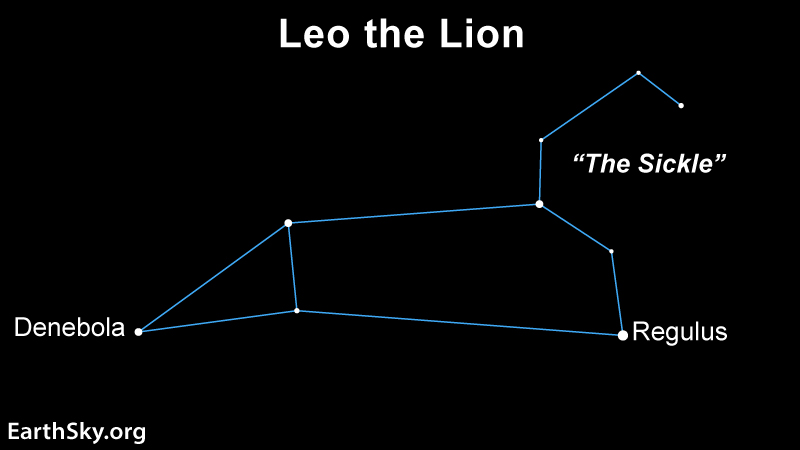alex555 wrote: ↑Thu Oct 31, 2024 10:46 am
What is the estimated distance between IC 2118 and Rigel? It's amazing that a star can illuminate an object even very far away.
Alex
That is a difficult question, and one problem is that we don't know how far away Rigel actually is!

The European Space Agency (ESA) has launched two space telescopes specifically designed for measuring distances in space. The first one was Hipparcos, which is now retired. Hipparcos performed well enough for its time, but its measurements really weren't reliable for distances larger than, say, 400 light-years. Astronomers are sure that Rigel is more distant than that.
ESA's other telescope for measuring distances in space, Gaia, is still busy doing observations. Gaia is much, much more sensitive than Hipparcos ever was, but the problem is that Gaia simply can't observe stars that are "too bright", or it will become "blinded". And since Rigel is a first-magnitude star, one of the brightest in the night sky, it is impossible for Gaia to measure the distance to it.
So what we have for Rigel is its Hipparcos parallax of 3.78 ± 0.34 milliarcseconds, corresponding to a distance of 863 ± 78 light-years. Is that reliable? Who knows. This is what
Wikipedia said about the distance to Rigel:
Wikipedia wrote:
Rigel's distance from the Sun is somewhat uncertain, different estimates being obtained by different methods.
Old estimates placed it 166 parsecs (or 541 light years) away from the Sun. The 2007 Hipparcos new reduction of Rigel's parallax is 3.78±0.34 mas, giving a distance of 863 light-years (265 parsecs) with a margin of error of about 9%. Rigel B, usually considered to be physically associated with Rigel and at the same distance, has a Gaia Data Release 3 parallax of 3.2352±0.0553 mas, suggesting a distance around 1,000 light-years (310 parsecs). However, the measurements for this object may be unreliable.
Indirect distance estimation methods have also been employed. For example, Rigel is believed to be in a region of nebulosity, its radiation illuminating several nearby clouds.
Most notable of these is the 5°-long IC 2118 (Witch Head Nebula), located at an angular separation of 2.5° from the star, or a projected distance of 39 light-years (12 parsecs) away. From measures of other nebula-embedded stars, IC 2118's distance is estimated to be 949 ± 7 light-years (291 ± 2 parsecs).[58]
So the Witch Head Nebula may be some 39 light-years from Rigel. If you are looking for bright star at about that distance from the Earth, there is Denebola, the "end star" of Leo, and Arcturus, the bright luminary of Bootes.
Ann
 Rigel and the Witch Head Nebula
Rigel and the Witch Head Nebula
